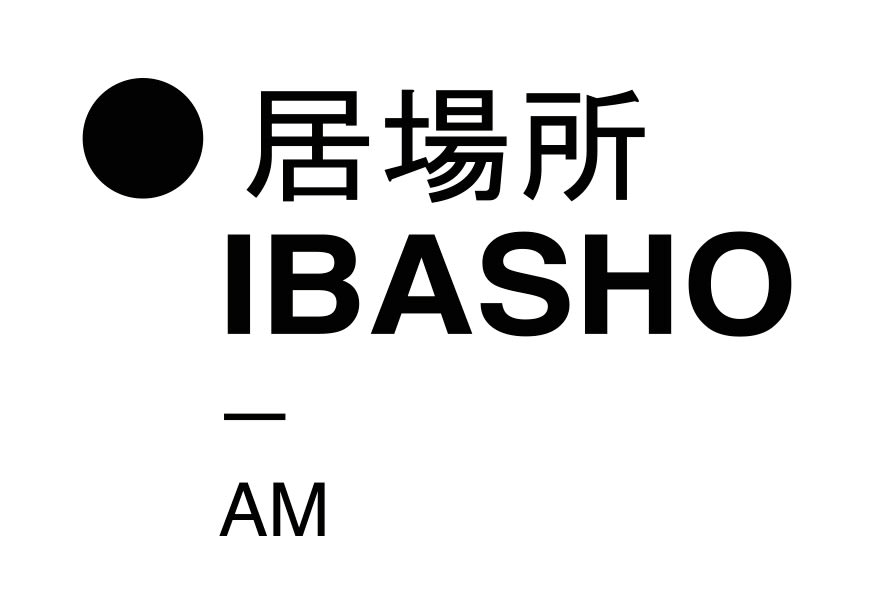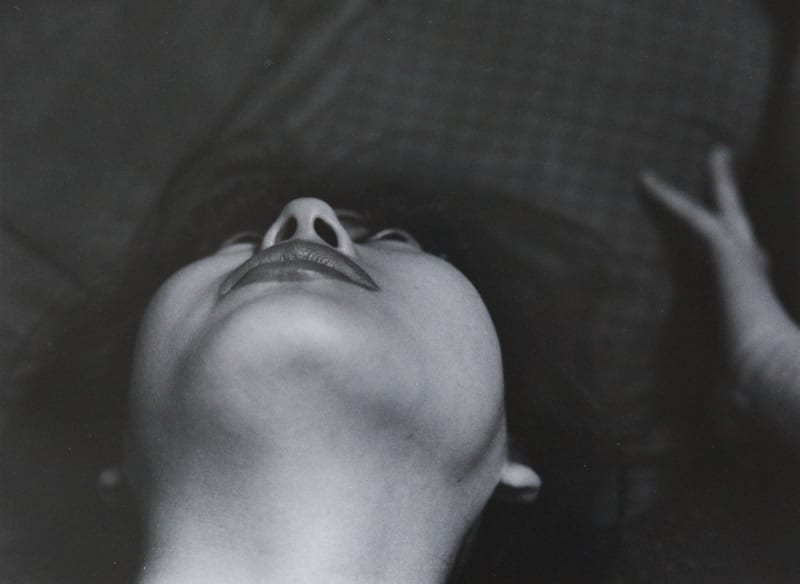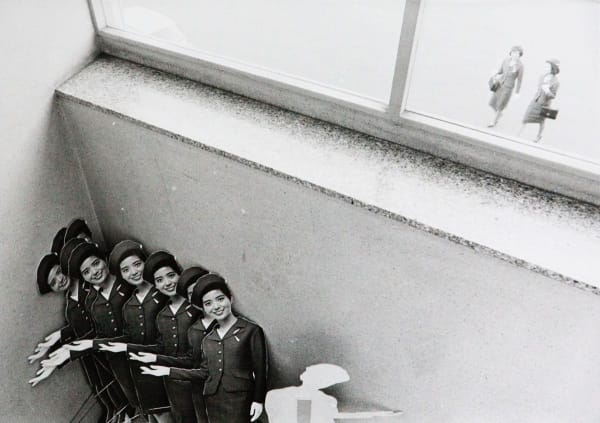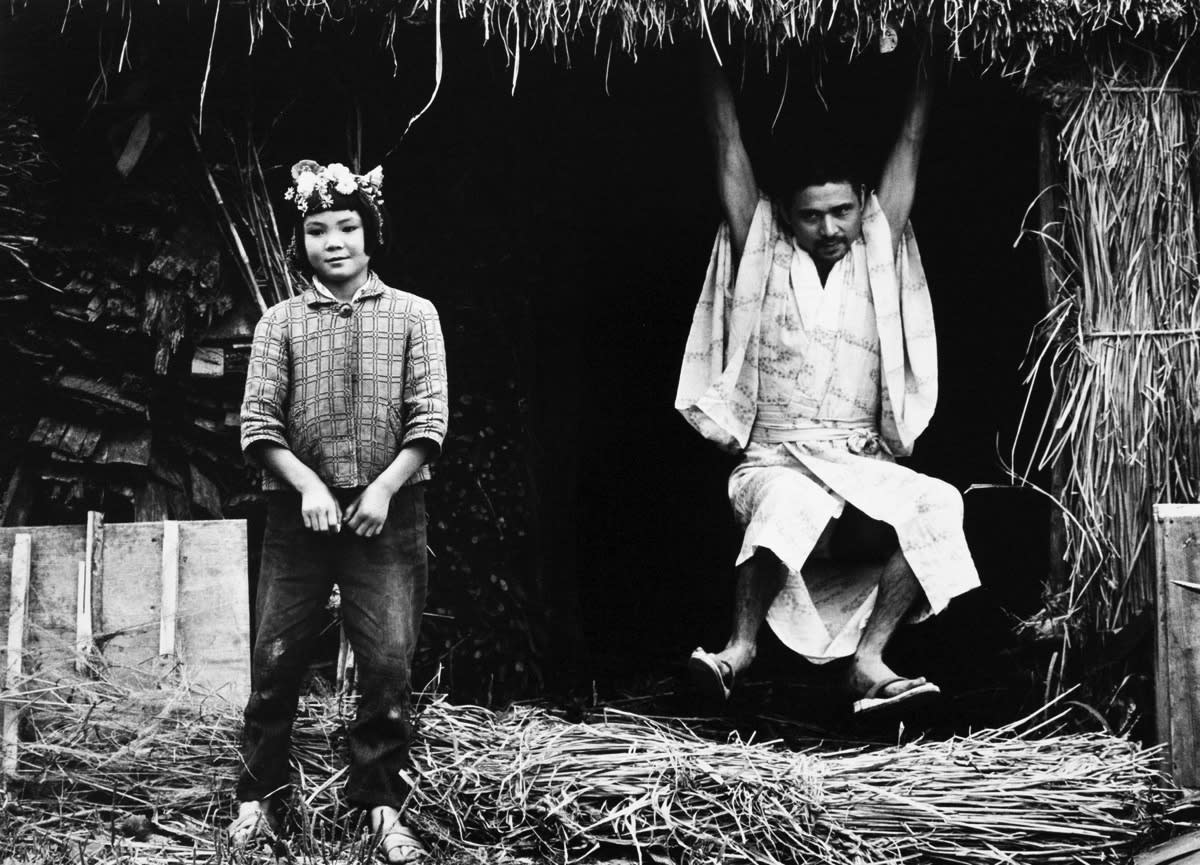Shomei Tomatsu
Born in Nagoya, Shomei Tomatsu (1930-2012) came of age in Japan's turbulent, self-questioning postwar years. He started out as a self-taught traditional photojournalist in the early 1950s, but found himself drawn intuitively to the intimate and the everyday. In 1958, though, keen to show what he saw as the creeping Americanisation of his country, he began photographing the American soldiers stationed in military bases throughout Japan. Recognition came in 1959 when Tomatsu had his first solo exhibition The Japanese in Tokyo and he received the Mainichi Photography Award. His central role in Vivo, a self-managed photography agency, established his place in the forefront of postwar Japanese photography. In 1960 Tomatsu began a series on Nagasaki to document its current state for the Japan Council Against A and H bombs. The result was a joint effort with Ken Domon and others, Hiroshima-Nagasaki Document 1961. Through the publishing house Shaken and the quarterly journal Ken he founded, he published several photography collections, among others his book, Oh! Shinjuku, named after a shopping district in central Tokyo. This book chronicles the rise of a young and rebellious Bohemianism that, as an older outsider, he saw – as he later put it – 'through the eyes of a stray dog”. Those words seem prophetic. Tomatsu was one of the giants of Japanese photography that a younger generation of photographers, such as Daido Moriyama, who came to prominence in the late 60s, reacted against.
Tomatsu has been the subject of numerous solo and group exhibitions in Japan and abroad. He participated in the groundbreaking New Japanese Photography exhibition in 1974 at The Museum of Modern Art, New York, and, in 2011, the Nagoya City Art Museum featured Tomatsu Shomei: Photographs, a comprehensive survey of his work.
-

<11:02> Nagasaki - Shomei Tomatsu
Tomatsu, Shomei, 1966hardcover with slipcase, 168 pagesRead more
Publisher: Shashin Dojinsha
Dimensions: 230 × 200 mm -
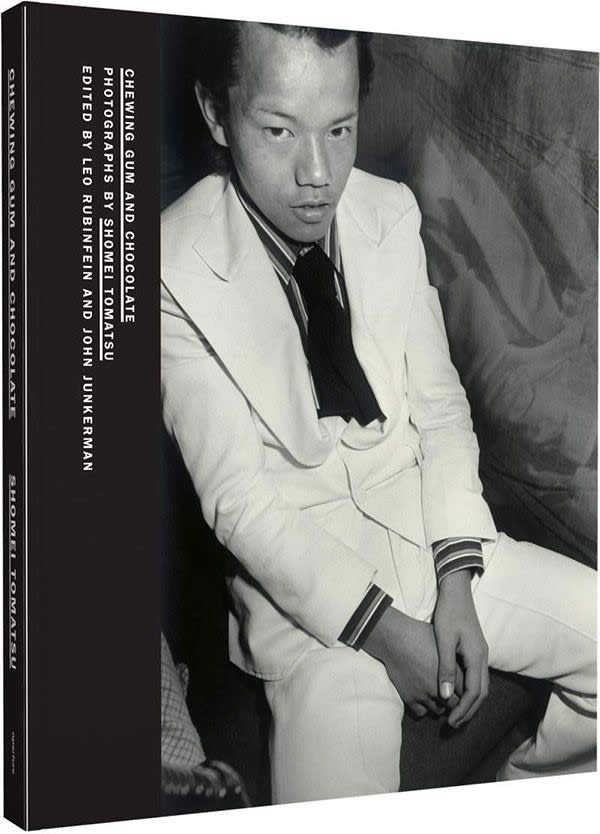
Chewing Gum and Chocolate - Shomei Tomatsu
Tomatsu, Shomei, 2014hardcover, 176 pagesRead more
Publisher: aperture
Dimensions: 295 x 246 -

CURIOUS EYES FOR MAN - Through the Eyes of 31 Photographers
人間への好奇心 Yamagami, Shojisoftcover, 32 pagesRead more
Publisher: Shoji Yamagami
Dimensions: 210 x 150 mm -

I Am A King - Shomei Tomatsu
Shomei Tomatsu, 1972softcover with dust jacket in original cardboard slipcase, 272 pagesRead more
Publisher: Shashin Hyoronsha
Dimensions: 240 x 210 mm
-

JAPAN PHOTO ALMANAC 1970
日本写真年報 various artists, 1970softcover, 230 pagesRead more
Publisher: The Photographic Society of Japan Inc.
Dimensions: 255 x 183 mm -

New Japanese photography
Various artists, 1974softcover, 120 pagesRead more
Publisher: The Museum of Modern Art
Dimensions: 253 x 230 mm -

Tokyo Revisited - Daido Moriyama and Shomei Tomatsu
Set of three books Daido Moriyama, Shomei Tomatsu, 2022softcover in slipcaseRead more
Publisher: Akio Nagasawa Publishing
Dimensions: 260 × 183 x 30 mm -

Tokyo: Daido Moriyama & Shomei Tomatsu
Daido Moriyama, Shomei Tomatsu & Simon Baker, 2020soft cover with slipcase, 240 pagesRead more
Publisher: Akio Nagasawa Publishing
Dimensions: 183 x 260 mm
